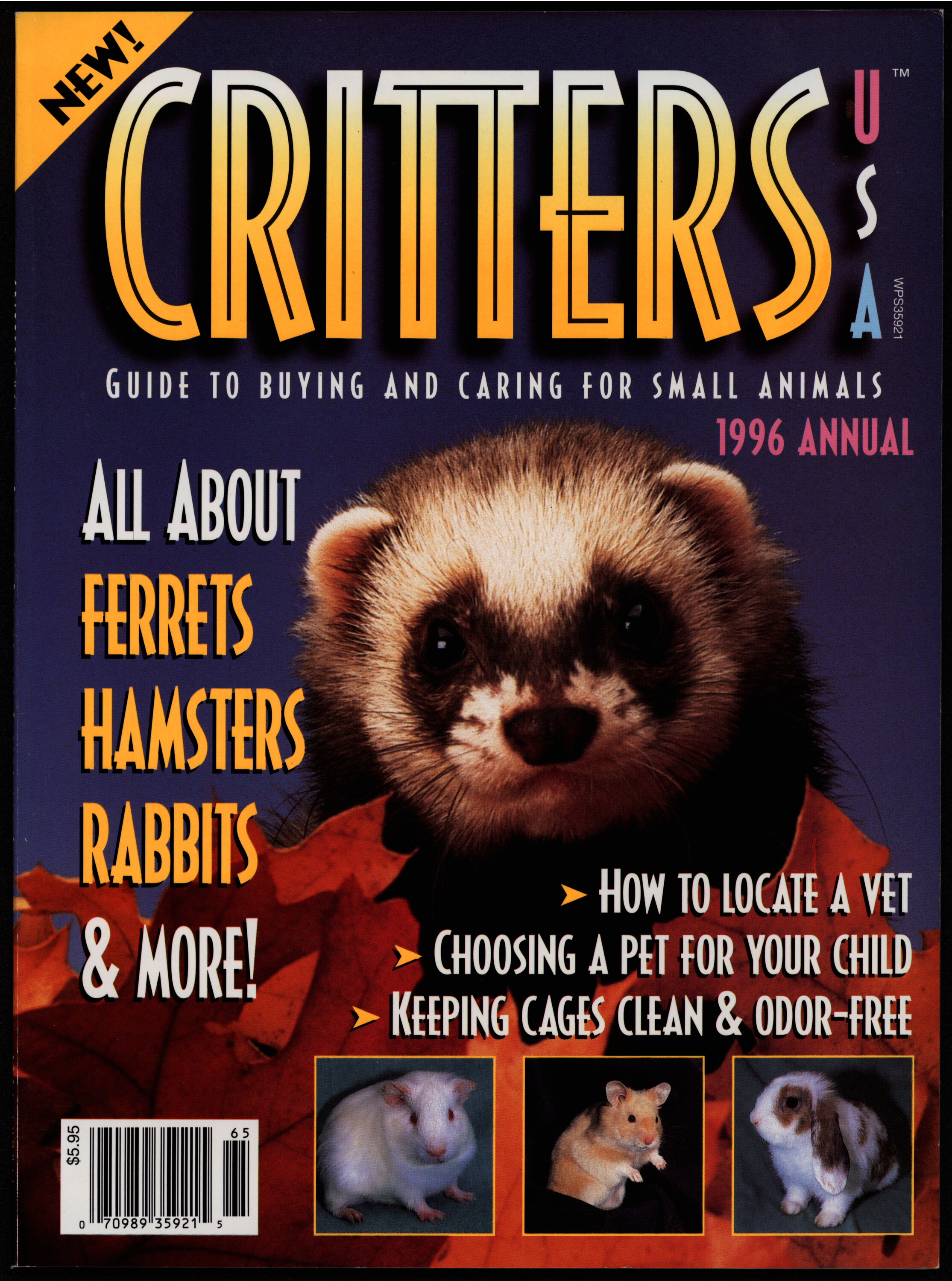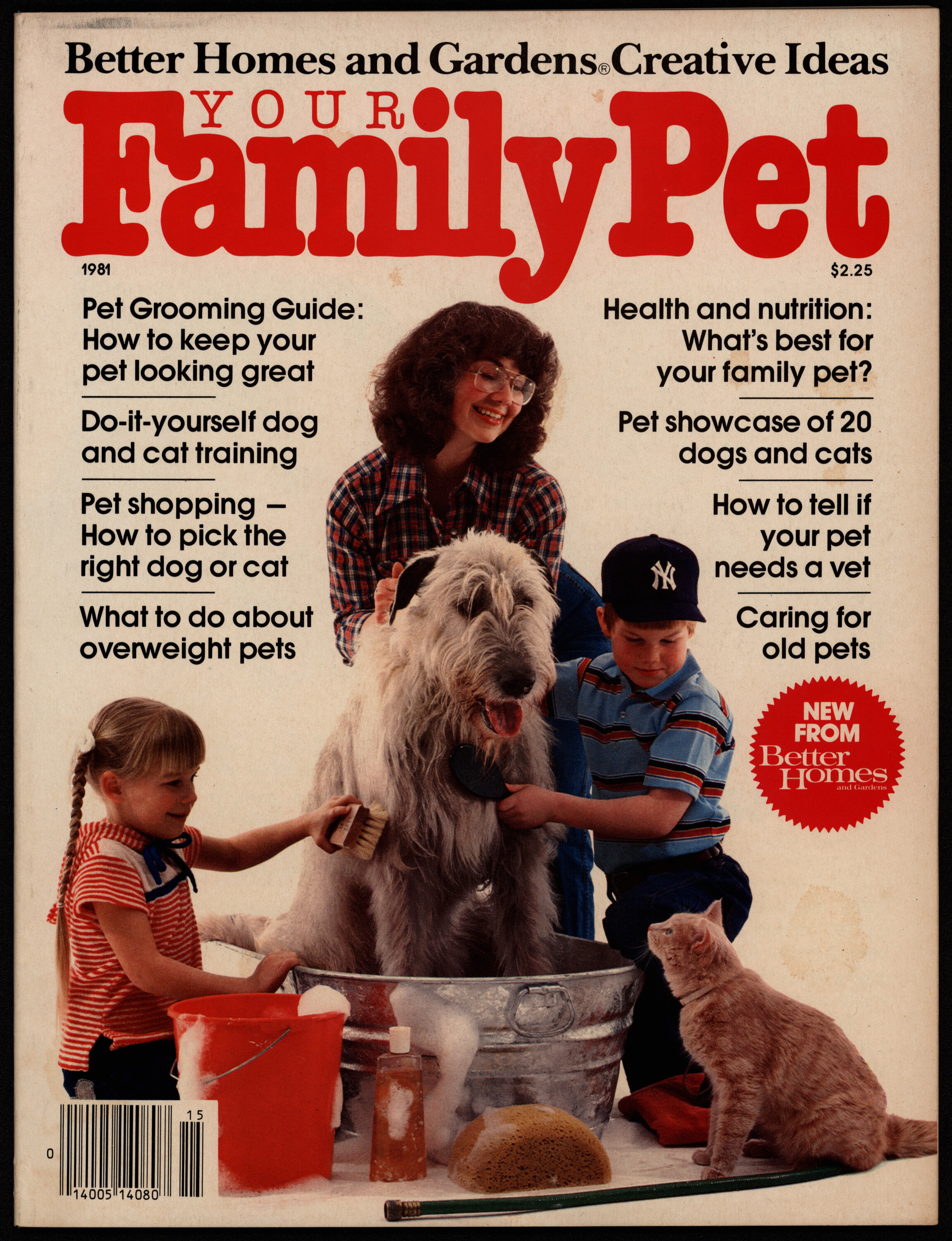Fancy Magazines for Pet Fanciers: Birds, Cats, Dogs, and Ferrets
Introduction
Human beings have been living and working with animals since before recorded history. Sometimes we found animals in the wild and decided to make them part of our group; sometimes animals found us and decided to move into our communities. These animals often brought with them skills and abilities that human beings lacked, making them useful members of society. We bred them to emphasize specific traits to serve our needs and interests, gradually removing them more and more from their wild origins. The wolf became the dog, the aurochs became the cow, the becoar ibex became the goat, the polecat became the ferret, the rock dove became the pigeon, and the cat remained the cat. (We haven't been as thorough in our domestication of cats as with other species.)
At some point, we started keeping animals as companions as well as livestock or helpers. Today, many people keep a bird despite not needing their eggs, a cat despite not having vermin in their house, a dog despite not having livestock to herd, or a ferret despite not hunting rodents. We keep these animals around because they’re helpful, beautiful, and/or simply snuggly. Whether they are serving as working animals or companions, pets are in general nice to have around.
There are few subjects so obscure that they do not have at least one magazine dedicated to them — the computer program WordPerfect had its own magazine in the late 1980s and 1990s — and pets are in many respects an ideal topic for a magazine. Pets are relatable: most people have either had a pet or been friends with somebody who has a pet. Pets are a complex topic: there are dozens, if not hundreds, of species that have been domesticated and hundreds of distinct variants within those species. Pets are desirable: over the centuries, we have bred them to be attractive to human sensibilities. Everybody has opinions about what makes for the optimal pet.
It should not come as a surprise therefore that pets have spawned hundreds of magazines and books in the United States alone. These magazines often offer information about how to select, train, care, and breed specific kinds of pets, sometimes all in the same magazine but sometimes each in their own specific magazine. Some of these magazines were produced on a small scale by enthusiasts; others were produced by publishers who specific focused on pet-centric magazines.
In this exhibit, we are showcasing fourteen pet-centric magazines from the Samir Husni Magazine Collection. Many of these magazines are about pets, but some simply use pets as “props” to sell the magazines. In the interests of space, we have limited ourselves to four kinds of pets: birds, cats, dogs, and ferrets. We present them in alphabetical order, so please don’t think that the order of the pets in any way indicates our preference! We hope that you enjoy looking at some of these magazines and that they remind you of some of the pets you may have had or met over the years.
The Samir Husni Magazine Collection was donated to Special Collections in late 2022. The collection contains magazines on everything from arts & antiques to women’s health, with a particular focus on American magazines from 1985 onwards but also with strengths in magazines as early as the 1800s.
N.B.: Pets require a lot of attention and work. Think carefully before you get a new pet.


